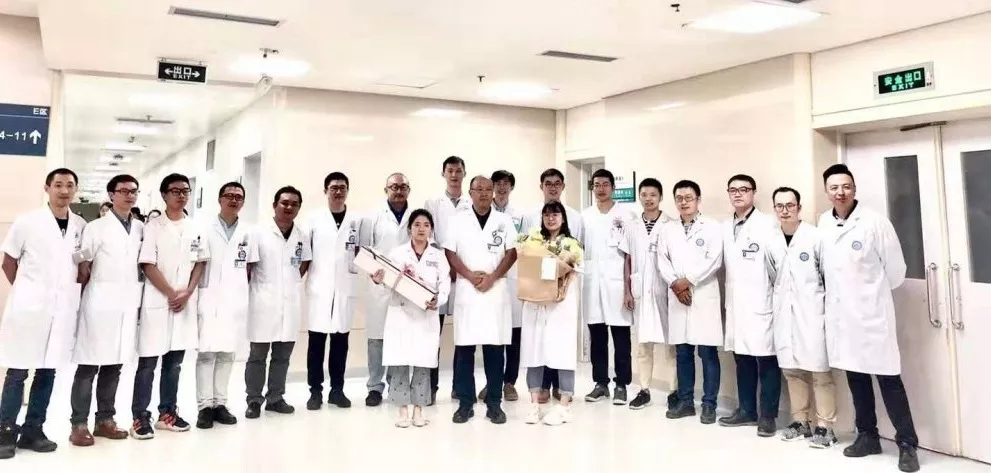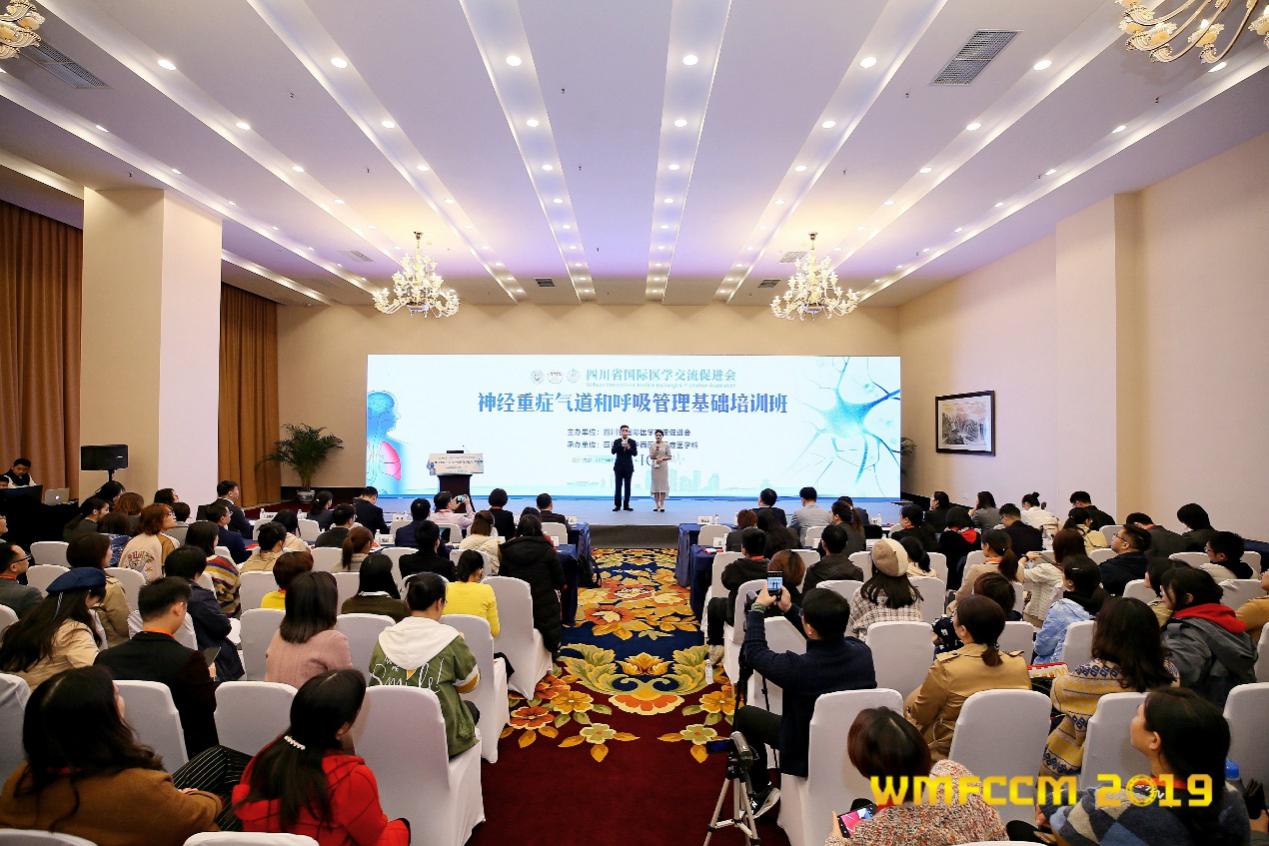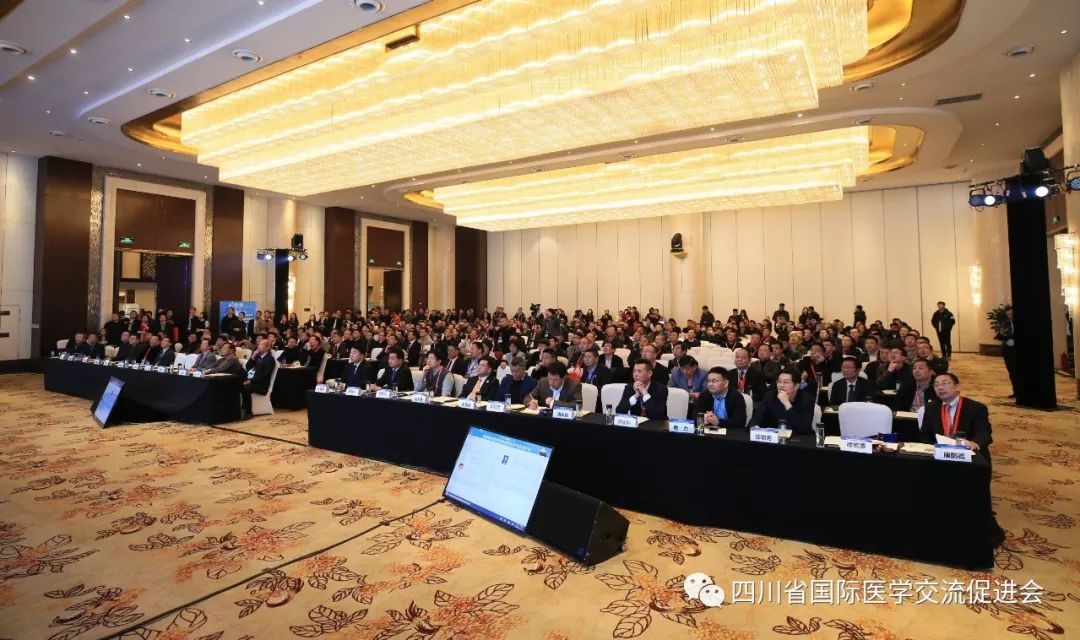"To cure sometimes, to relieve often, to comfort always."
- Trudeau
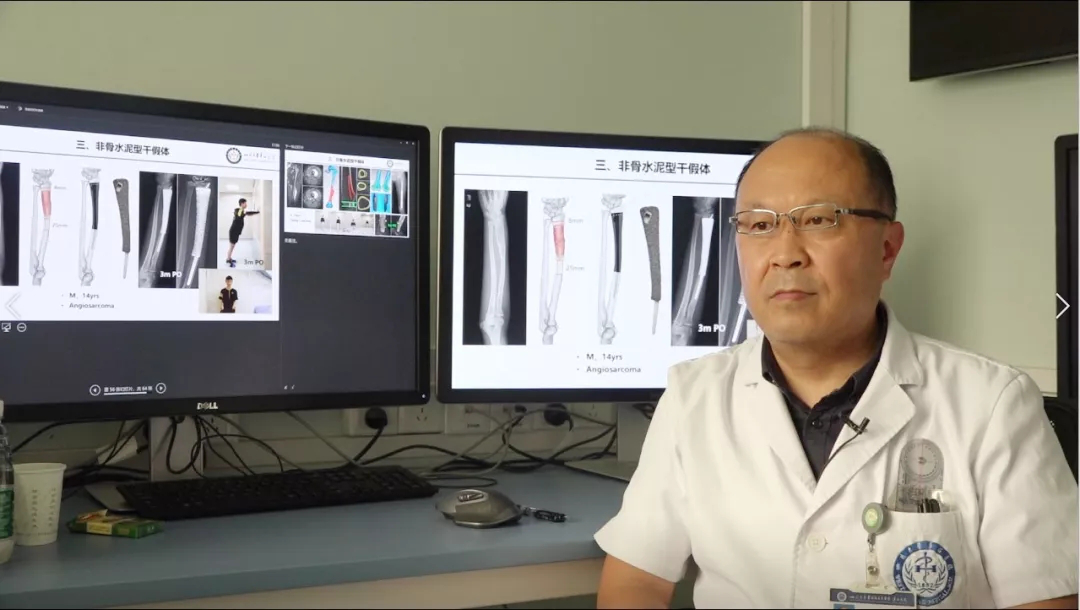
I would rather put the burden on myself than the patient
Patients to Mr. Tu’s outpatient office are mostly transferred from other departments of the hospital or other hospitals with complex diseases. In addition, bone tumor has the characteristics of long treatment duration, long recovery duration and high visit frequency. Therefore, his office is always full of patients.
In order to facilitate the patient's visit, Mr. Tu considerately adjusted the outpatient diagnosis schedule from a full day each week to two half days each week. "I can’t just let the patient wait for a whole week to visit me again," he said.
Malignant bone tumor, especially primary malignant bone tumor, such as osteosarcoma, occurs mainly in adolescents aged from 15 to 25. Different from lung cancer, thyroid cancer and breast cancer, it is mainly transferred directly to the lungs through blood with quick progress and high metastasis rate. If not diagnosed and treated in time, the patient will either die or become handicapped. If the diagnosis is not done until one week after the related checkup is completed, the patient may miss the best treatment opportunity.
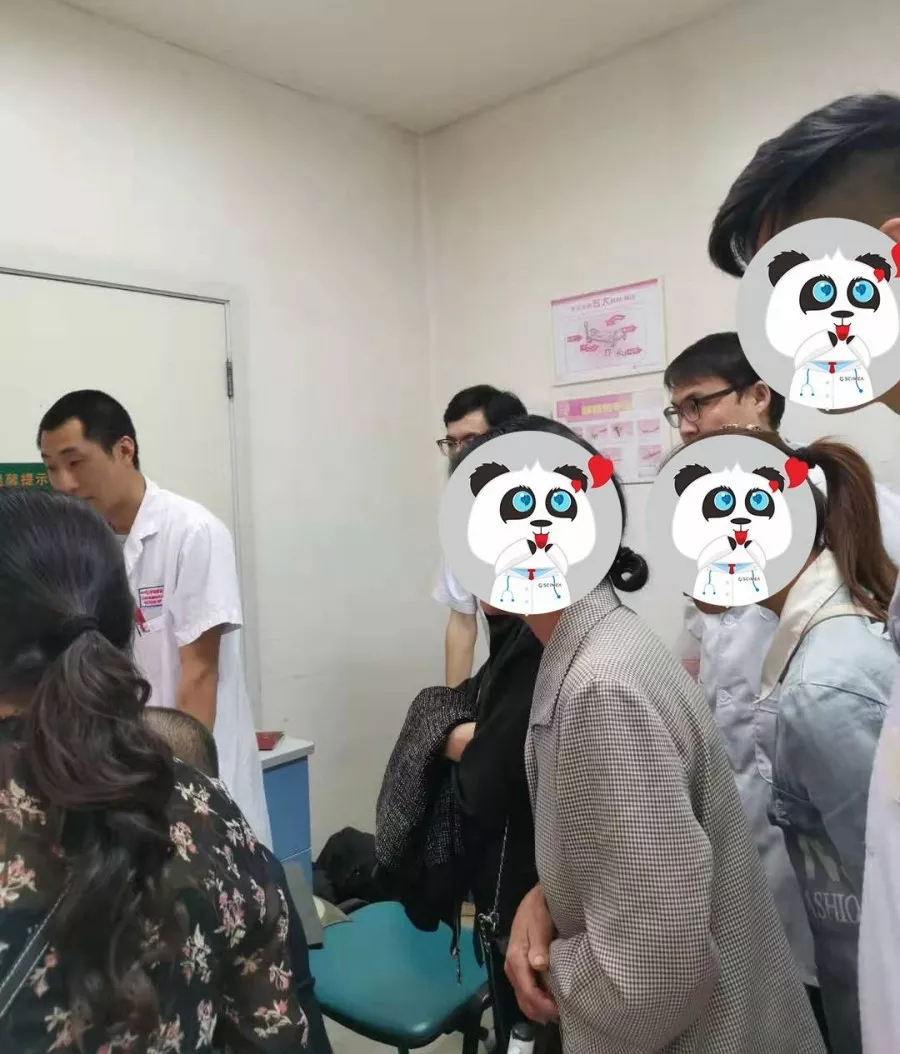
Diagnosis in Patience with the Goal to Make the Best Treatment Plan
A middle-aged man was worried after checkups in a number of hospitals. He turned to Mr. Tu’s. The patient complained of a mass in the middle back of the right thigh, which was discovered four or five years ago, but there was not pain or itch or anything.
Based on the patient's imaging data and pathological diagnosis reports, as well as years of rich clinical experience, Mr. Tu made a preliminary diagnosis of borderline or low-grade sarcoma. Because this sarcoma grows in where the sciatic nerve is located, the imaging data show that the tumor has invaded and covered the sciatic nerve and cannot be completely stripped off, so the recurrence rate is extremely high. If it is completely removed, it will directly affect the function of the sciatic nerve, resulting in physical disability.
Finally, Mr. Tu patiently and carefully analyzed the type, stage, various treatment methods, treatment procedures, treatment duration, treatment costs and prognosis of the tumor, and based on the patient's and his family's treatment preference, he selected the most reasonable treatment plan for the patient resulting in the patient’s great satisfaction.

Neoadjuvant Chemotherapy
In the interview, I heard a new word: neoadjuvant chemotherapy. Unlike the conventional cancer treatment process of "surgery + chemotherapy", neoadjuvant chemotherapy is "preoperative chemotherapy + surgery + postoperative chemotherapy."

The two to three phases of chemotherapy before surgery have two purposes: one is to inhibit or kill some microscopic metastases that cannot be found in imaging examinations; the other is to inhibit or kill some of the primary tumors, and make them smaller with clear border, which is conducive to limb salvage surgery. Because of the high degree of malignancy of osteosarcoma with very poor prognosis, lung metastasis may occur especially. When patients are found with symptoms and visit the doctor, 70% of them have already had a small lung metastasis. If not timely or improperly treated, most patients will die in three to six months.
Therefore, the majority of patients' families feel "intimidated talking about tumors" and believe that once they have osteosarcoma, it cannot be cured. However, I want to tell you that it is true that it has always been challenged in the treatment of malignant bone tumors, especially osteosarcoma. However, in the past 30 years, the Department of Bone Tumor in West China Hospital have gradually developed and improved the standardized application of neoadjuvant chemotherapy under the leadership of Mr. Tu, where the 5-year survival rate of osteosarcoma patients has increased from less than 20% to 65% to 70% now, ranking front in the country and getting close to the level of developed countries (70% to 80%).
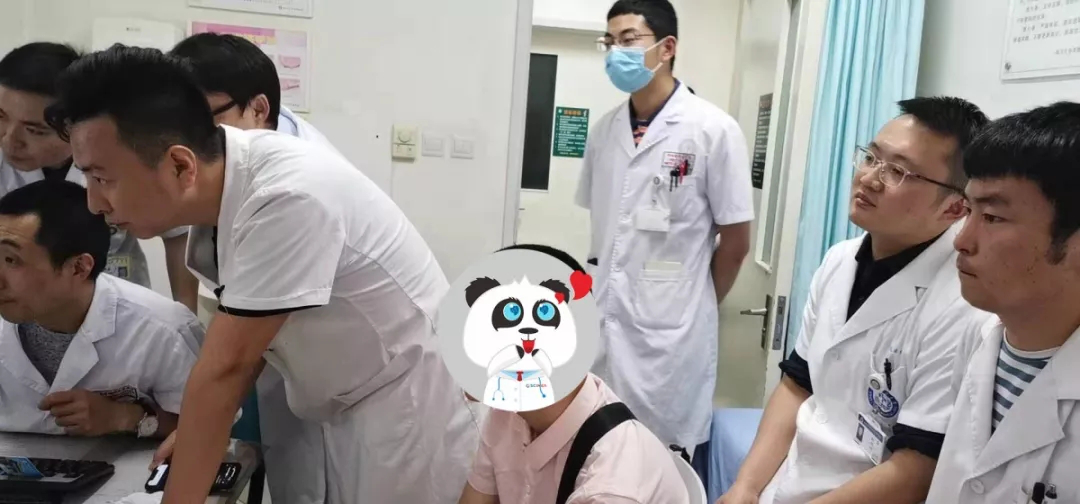
Follow-up Visits to Achieve the Utmost Results from Time to Time
A large portion of Mr. Tu’s outpatients are here for regular visits. Every visit will test the doctor's professionalism, patience and meticulousness. The treatment of primary malignant bone tumors generally lasts about one year. Three preoperative courses plus six postoperative courses of chemotherapy after surgery make a total of 9 courses. If the chemotherapy goes well, each course takes about one month, and plus surgery and postoperative rest, it takes about one year to complete the whole treatment. If chemotherapy fails due to various factors, it will take longer, which requires incessant follow-up and evaluation.
In each patient regular visit, Mr. Tu will evaluate all indicators with great patience and carefulness. Because osteosarcoma is highly prone to lung metastasis, it is especially important to examine the thin-layer high-resolution CT of the patient's lungs. This kind of lung CT scan is only 0.5mm thick per layer, and there are a total of 360 layers, that is, 360 cross-sectional pictures of the lungs. Mr. Tu will carefully evaluate them one by one from the computer screen: Is there a lung metastasis? What is the number and size of metastases? This is to decide whether the follow-up treatment should continue or be adjusted. He will also observe the healing of the surgical incision and the function recovery of the affected limb, and judge whether there is a recurrence in the local area. Such seemingly trivial and repeated work does not allow any mistakes, and it has long been a habit of Mr. Tu.
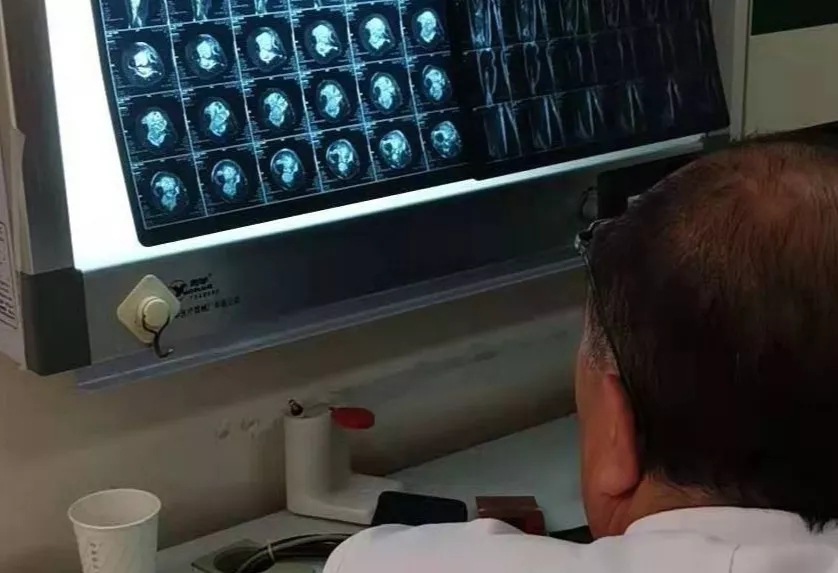
There was a patient with chemotherapy after osteosarcoma amputation. Mr. Tu repeatedly compared his thin-layer CT of the lungs several times, and identified 24 lung metastases one by one with his own eyes.
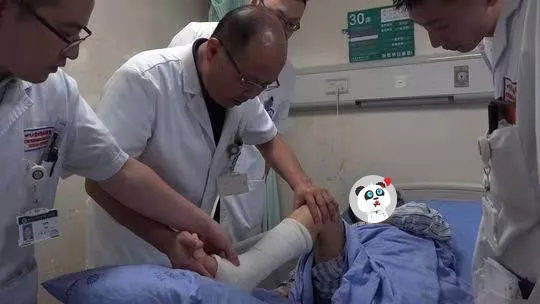
Repeated Tedious Work to Bring New Life to Patients
Some patients suffer from limb malformations caused by tumor-like lesions of the bone, such as shortness or angular deformities, most of which only need tumor removal, but about 10% of patients need to be extended or corrected by surgery. .
One patient was born with a short deformity of the thigh bone, about 10 cm. The treatment method adopted by Mr. Tu was to stretch it. It was necessary to break the bone through surgery, and then a bracket was used to fix the bone and gradually extend it from time to time, when the bone grew little by little. After it reached the designated size and achieved initial healing, it would take three to six months for the patient to be able to walk. After long-term treatment, the patient is now able to live normally.
After the osteotomy, the patient needed to adjust the extension by one mm every day. Each week Mr. Tu instructed the patient or his family member to give an assessment on the result. After the patient or family members was skilled enough with the adjustment and extension, they were required to visit the doctor each month. It took patience and carefulness to receive the repeated visit of a patient. During the treatment, the complications, healing, vertical adjustment, infection management, rehabilitation guidance, etc., were all new start for the patient, and it was a repeated process requiring ultimate efforts. The long treatment was a great test for both the doctor and the patient.
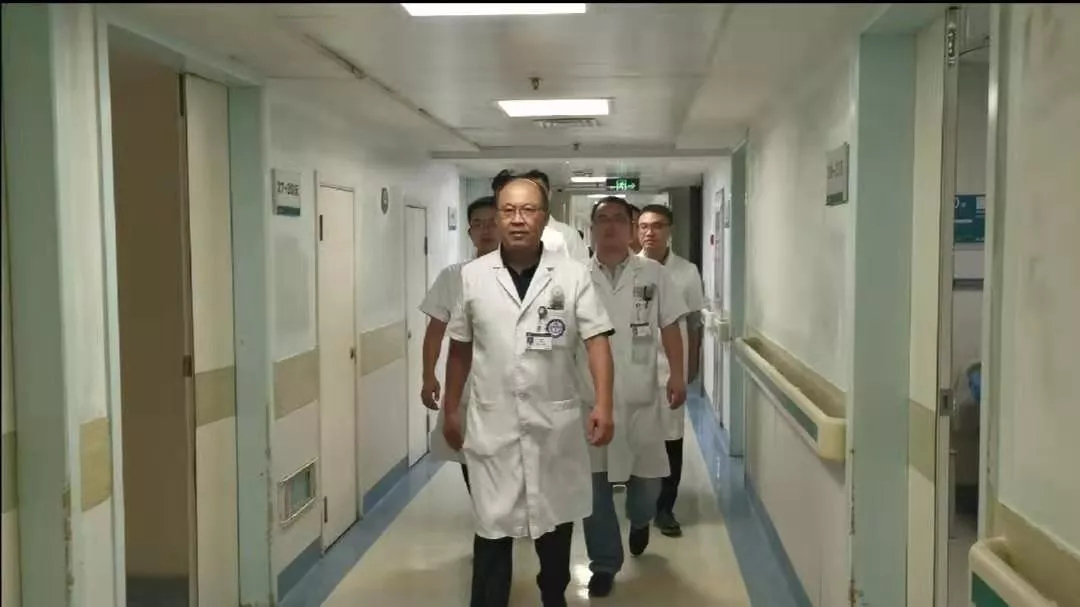
Stay True to the Mission
I had a question for Mr. Tu: Since it takes hard work and endurance to be a good doctor, with occasional misunderstanding from the patient, what keeps you staying in your office? Mr. Tu said: "There is always someone needed to do such hard work. It is the mission of a doctor to maximize the benefits for the patient at the minimum treatment cost and do everything possible to enable the patient to lead a quality life."
